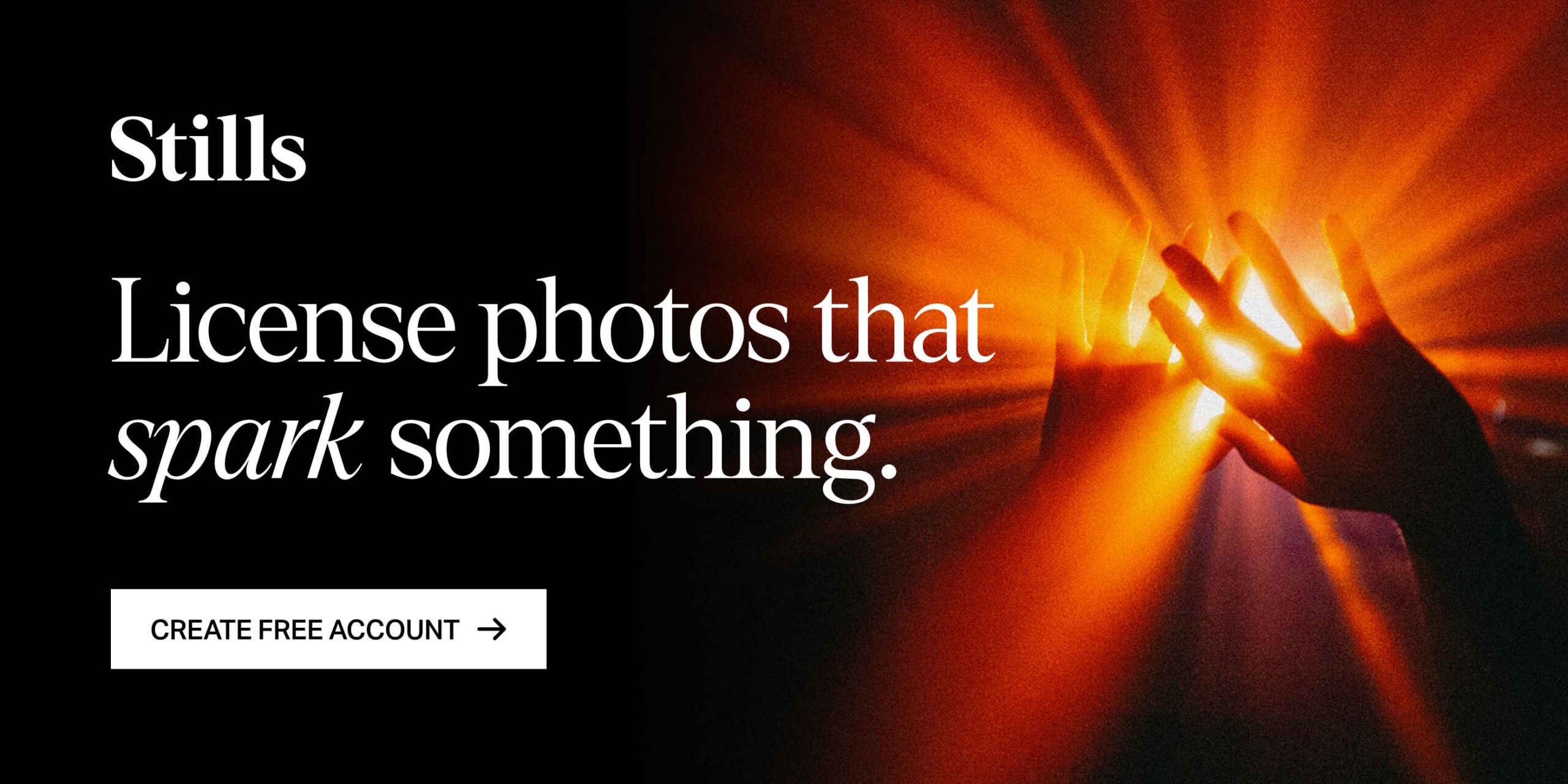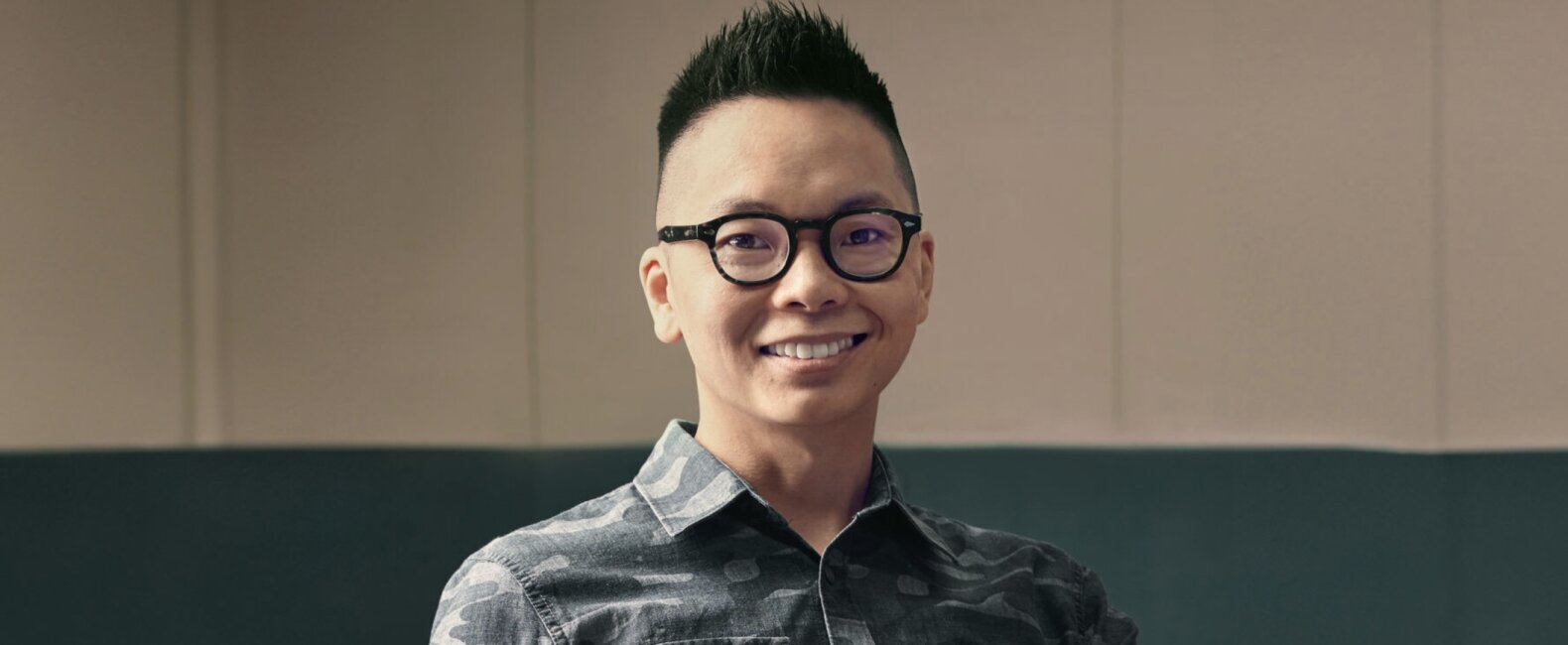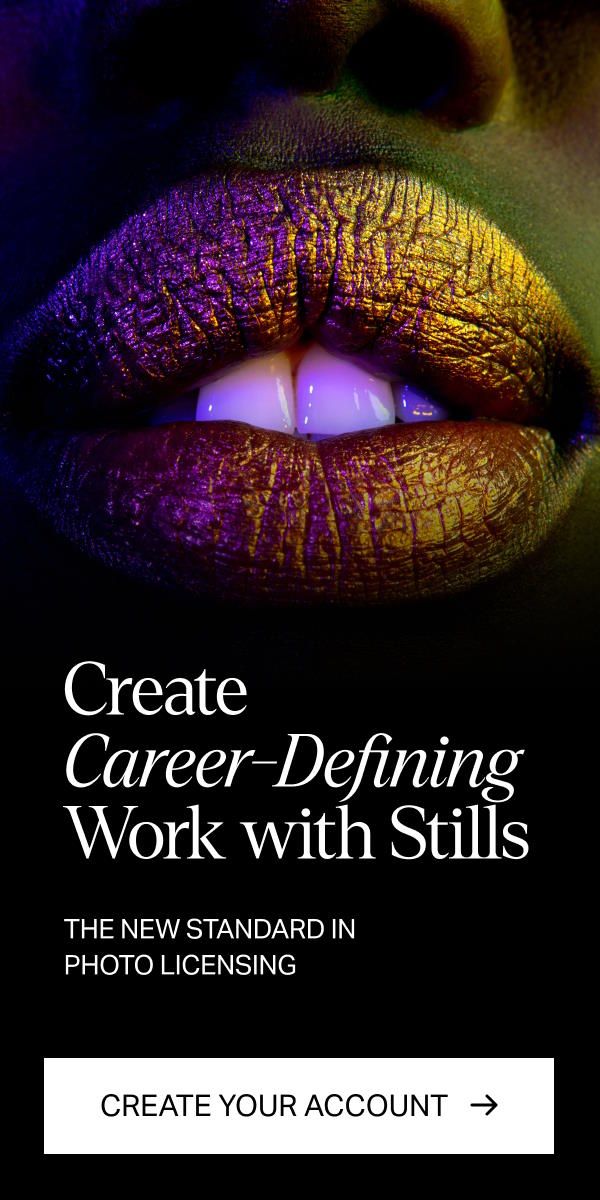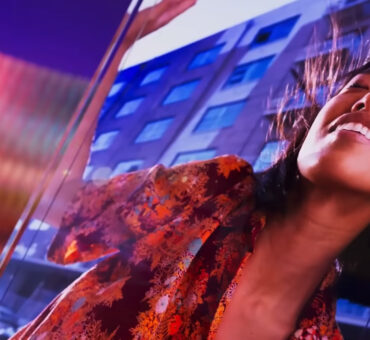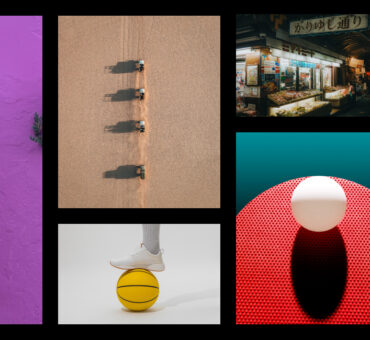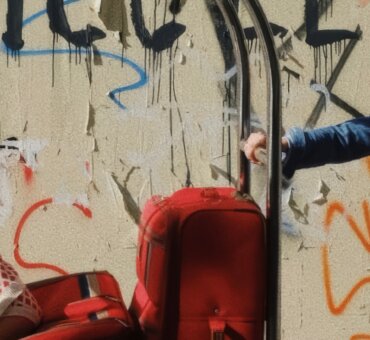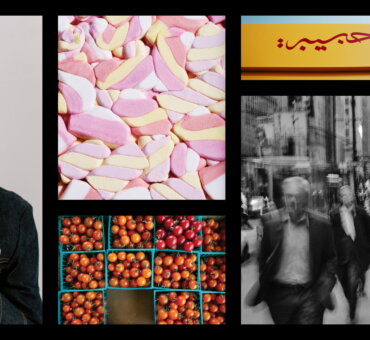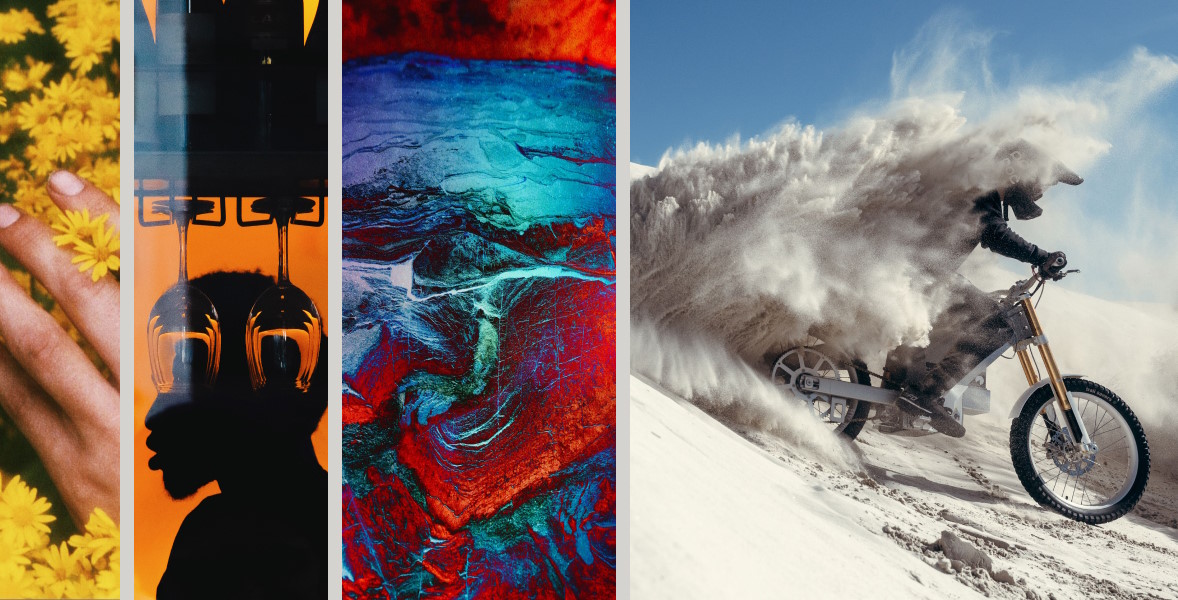NYC-based creative director David Stevanov has worked with legendary brands like McDonald’s, BMW, LEGO, and Coke and has won gold at every major award show, such as Cannes Lions, D&AD, The One Show, London International Awards, CLIO, The Webby Awards, and others.
Despite working with a wide range of clients, his recipe for a great campaign is relatively simple:
An uncomplicated idea, surprising execution, and relevant human insight. (We’ll let him expand on that below.)
Read his exclusive interview with Stills to learn how he approaches creative blocks and how he earned the coveted D&AD Yellow Pencil just one year into his career.
Stills: Tell us about your journey as a creative director and how you found your way to New York.
David Stevanov: I started my creative journey in Singapore, my second home. I finished college shortly after the 2008 financial crisis hit, but companies weren’t hiring.
I wanted to join Ogilvy Singapore, so I interned, hoping that I could be converted to full-time when they resumed hiring.
After a few months, I realized I couldn’t survive with an intern’s pay, but I didn’t want to let go of this opportunity.
A branding design company on another floor was looking for a junior designer.
I thought this could be a win-win solution because I could learn the craft of branding design while being close enough to check in on Ogilvy and pay the bills.
The opportunity at Ogilvy finally came 10 months later, and I’ve been in the adland since.
In 2017, it was the right time to move on to another country and a bigger market.
It became more urgent, as my wife became pregnant with our first child.
Now or never, I thought.
Luckily, the stars were aligned, and I had a great opportunity in Chicago.
We loved our time there and met so many wonderful people, most of whom I still keep in touch with today.
However, saying no to New York City was impossible when an opportunity came knocking in 2019.
We moved again and have been calling New York home since then because my wife made it clear that this would be the last move for at least a few years.
RELATED READS: Designer Q&A: Ethan Tran on Finding Your Path
You’ve worked with iconic brands like Samsung and McDonald’s. What unique challenges do you face when creating campaigns for such well-established companies?
The main challenges of working with iconic brands usually involve balancing the brand’s expectations and its audience.
I must be mindful and respectful when the brand has years or decades of history. I can’t just make some changes just because they’re trendy.
At the same time, the brand needs to evolve and be perceived as modern. So we have to figure out how to move the brand forward without taking away its soul.
Another challenge is because of their sheer scale: iconic brands command a vast and diverse audience.
Each member of their audience has varying levels of emotional attachment towards these brands.
The question is how can you come up with a big, all-encompassing campaign idea and yet still be engaging to each of their target audience.
RELATED READS: Beyond Aesthetics: How Joe Diver Balances Vision with Brand Legacy
You achieved significant recognition early in your career, including the D&AD Yellow Pencil. What contributed to your rapid success?
At that time, Ogilvy Singapore had one of, if not the best, creative department in the region.
You could find some of the most accomplished creatives, so the standard was extremely high.
At that time, the Chief Creative Officer for Asia Pacific, Eugene Cheong, built a special place where creativity was encouraged and championed.
I was so fortunate to be surrounded by many great creatives I could learn from daily, but I had still to put in the work and the hours to keep up with everyone else.
I never dreamed one of my projects would pick up international acclaim, especially the D&AD Yellow Pencil. We’re talking about the D&AD Yellow Pencil.
I told some friends I could die happy if I won just one D&AD Yellow Pencil in my career.
Right after winning all these accolades, I learned one of the most important lessons in my career.
One of my mentors told me that all these accolades were great but consistency was more important in producing great work year after year because you wouldn’t want to be seen as a one-hit wonder.
This helped to keep me grounded, stay consistent, and never let any success get to my head.
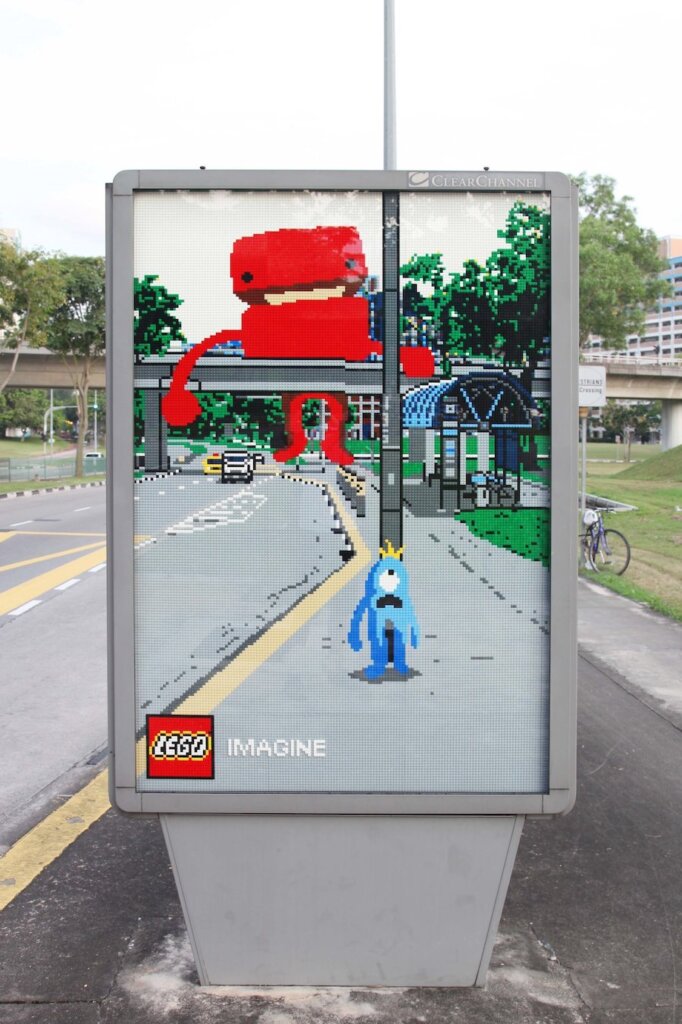
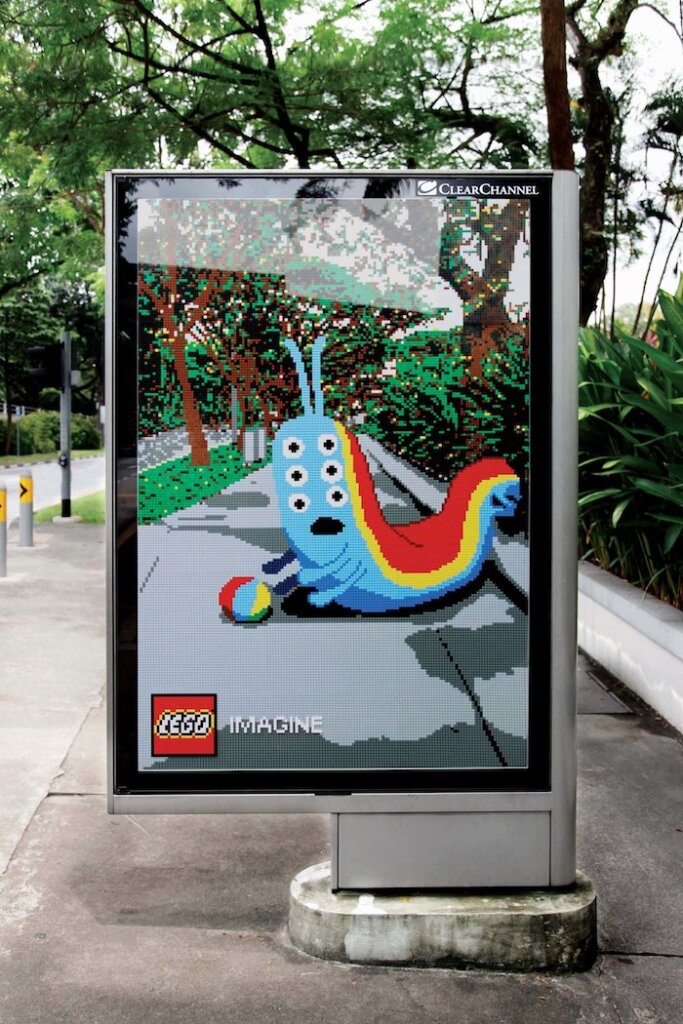
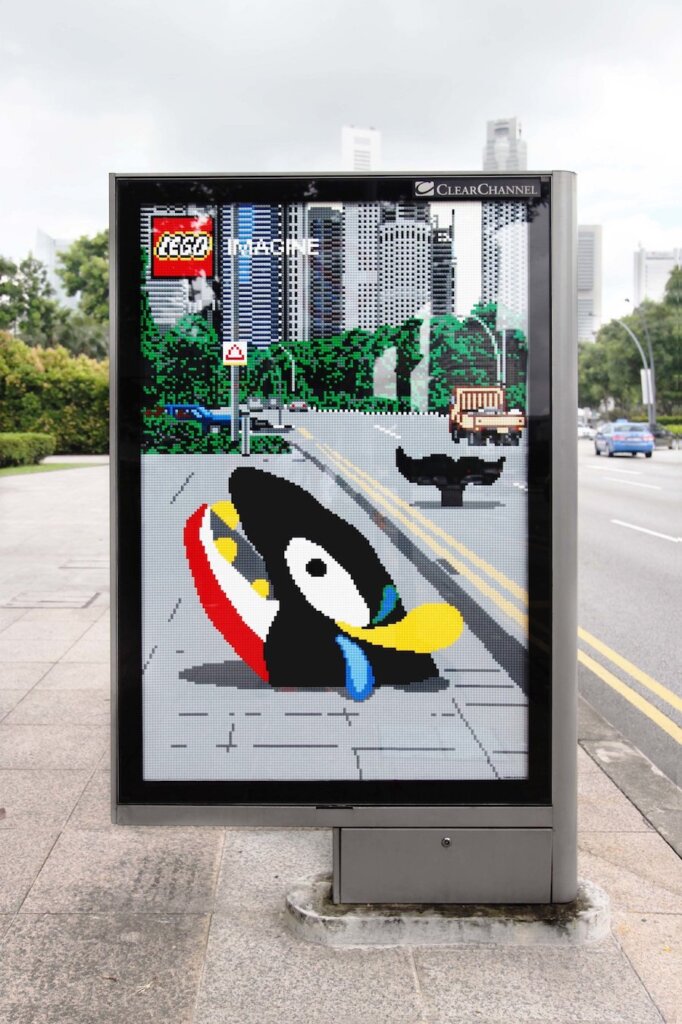
What have you learned from working with such a diverse range of clients, and how has that experience shaped your perspective as a creative director?
The diverse range of clients always helps bring in new perspectives and challenges.
In the long run, the diversity helped me widen my horizons and help me as a creative.
It’s also interesting that, after a while, some of the learnings I gathered from working on one brand would help me when working on another, completely unrelated brand.
What are the essential elements for creating impactful and memorable campaigns?
A great campaign usually has these three combos:
Relevant human insight, a simple idea with tension, and a surprising and unexpected execution.
These three elements are interconnected, with human insight being the foundation.
Of course, this oversimplifies what makes an impactful and memorable campaign because each element will have some derivatives.
But if you hit all three, you’ll have a winner.
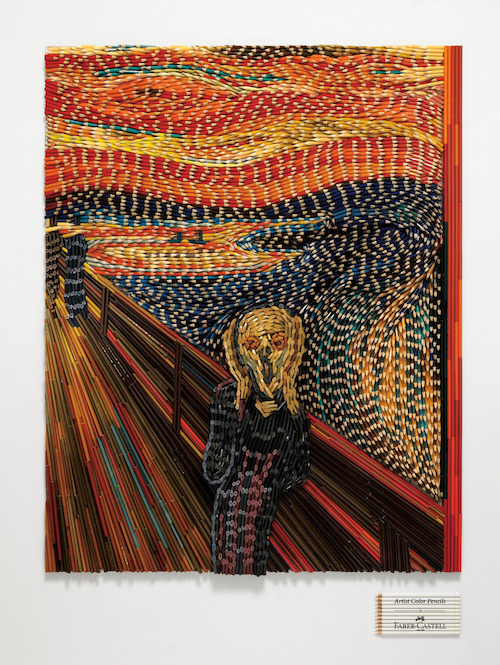
“A great campaign usually has these three combos: Relevant human insight, a simple idea with tension, and a surprising and unexpected execution.”
David Stevanov
Who are the biggest influences on your work in the creative industry?
In college, I always flipped through those award show annuals. The beautiful art direction and clever copywriting displayed through the pages mesmerized me.
I was lucky to spend my formative years learning firsthand from the masters of their crafts in art direction and copywriting.
There was this legendary creative director/art director named Eric Yeo. He was responsible for producing some of the most beautifully art-directed advertisements in the region, and I was lucky to have him as a mentor.
I remember I used to do 40-50 different layouts, and if I could get an “okay” from him for one layout, I’d be happy.
He would then demonstrate how to elevate these “okay” layouts to a few amazing ones within minutes.
The other person I’m lucky to call a mentor is Eugene Cheong, a legendary copywriter. He is one of the copywriters featured in D&AD’s The Copy Book.
I’m a visual person, but I was always amazed by great copy and how a string of words could move someone in a way that visuals could never do.
I could never write to save my life, but Eugene taught me about great copywriting.
Over the years, I learned about creative leadership from him.
RELATED READS: Gabby Lord on Fostering Creative Culture
How do you approach creative blocks or moments when inspiration feels elusive?
Whenever I have any creative block, I read more.
I usually encounter creative blocks when I don’t have much information. So I’ll go back to the brief and re-read everything from the beginning, highlighting keywords and writing down thoughts or questions from the brief.
Most of the time, I discover some new things that I might have missed or didn’t previously pay too much attention to.
It may raise more questions because it opens new doors that may lead to a creative solution.
Then, I do a deep dive into the topic or issue at hand, trying to feed as much information as possible to the brain.
After that, I take a break and let my subconscious mind synthesize all of these. And hopefully, it sparks something.
RELATED READS: Hayden Everitt on Creativity, Burnout, and Building a Unique Design Identity
How do you ensure that your creative concepts stay aligned with the strategic goals of a project or brand?
Collaboration is key, especially among the core team members.
I like having regular, informal check-ins with my team. I wouldn’t even call it a check-in because I walk over to them and ask what they think of our rough ideas.
This is helpful in more ways than one.
Not only can we ensure the creative ideas are on the right track, but they can also contribute to the ideation process so the ideas become richer and better.
RELATED READS: Leta Sobierajski on Creative Influence and Collaboration
What do you like about Stills? Why would you recommend it as a resource for brands/designers?
When working with other art directors and designers, I always emphasize visuals that elevate the page they’re on.
I can always go on Stills to find those images.
And with AI being all the rage, it’s even more important to recommend images that feel human to brands.
It’s something that you can find on every single image on Stills.




Explore a curated Board of David Stevanov’s favorite imagery—all available to license on Stills.
